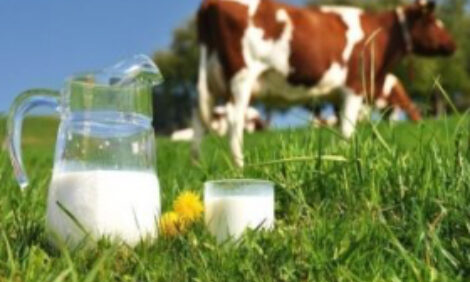



McDonald’s supports sustainable grazing practices that can help reduce emissions
Farmers are known to say that if you take care of the land, it will take care of you.Regenerative agriculture taps in to that sentiment by supporting what nature already does so well—restore itself.
Today we’re partnering with Cargill, the Walmart Foundation and World Wildlife Fund in a five-year project to support ranchers implementing regenerative grazing practices across 1 million acres in the Northern Great Plains.
The Ranch Systems and Viability Planning network will provide ranchers – the backbone of our food system – technical expertise, training and tools, including peer-to-peer learning, to implement regenerative cattle grazing practices. By improving these practices, we can enhance soil health and its ability to absorb further carbon from the atmosphere, ultimately reducing emissions, improving biodiversity and mitigating climate change. And that’s not all – these practices can also help ranches be more resilient and economically viable for the long term.
The Northern Great Plains already plays an important role in supporting biodiversity and storing carbon, but this ecosystem is threatened by expanding croplands and urban sprawl. Keeping ranchers on land that’s sustainably managed in the long-term helps ensure this stored carbon stays captured and won’t be emitted into the atmosphere.
Adding regenerative management to a mix of already incorporated tactics will further drive climate benefits by adding to the existing carbon store. It’s a win for ranchers, nature and the planet.
The Northern Great Plains ecoregion, which comprises approximately 25 percent of the total area of the Great Plains of North America, remains largely intact, thanks in part to its harsh climate, which has made agricultural expansion relatively difficult until recent decades. In fact, the NGP still supports 1,595 species of plants, which provide habitat for 300 species of birds, 95 species of mammals and 28 species of reptiles. The Missouri and South Saskatchewan Rivers, in addition to smaller prairie streams, riparian, and wetlands habitats, provide habitat for 13 species of amphibians and 121 species of fish. The remaining healthy ecosystems within this region are maintained largely by hardworking ranching communities. Grasslands have evolved to be grazed, and cattle grazing, when managed well, can deliver many conservation benefits, including healthy grasslands, improved soil, and the preservation of key habitats.
Today’s partnership follows another project we recently announced to support soil health in Nebraska. Both of these initiatives support our science based target to significantly reduce emissions across our supply chain, restaurants and offices by 2030.
It’s all part of our commitment to caring for our planet and for communities around the world. If we take care of it, remember, it will take care of us.
TheCattleSite News Desk


